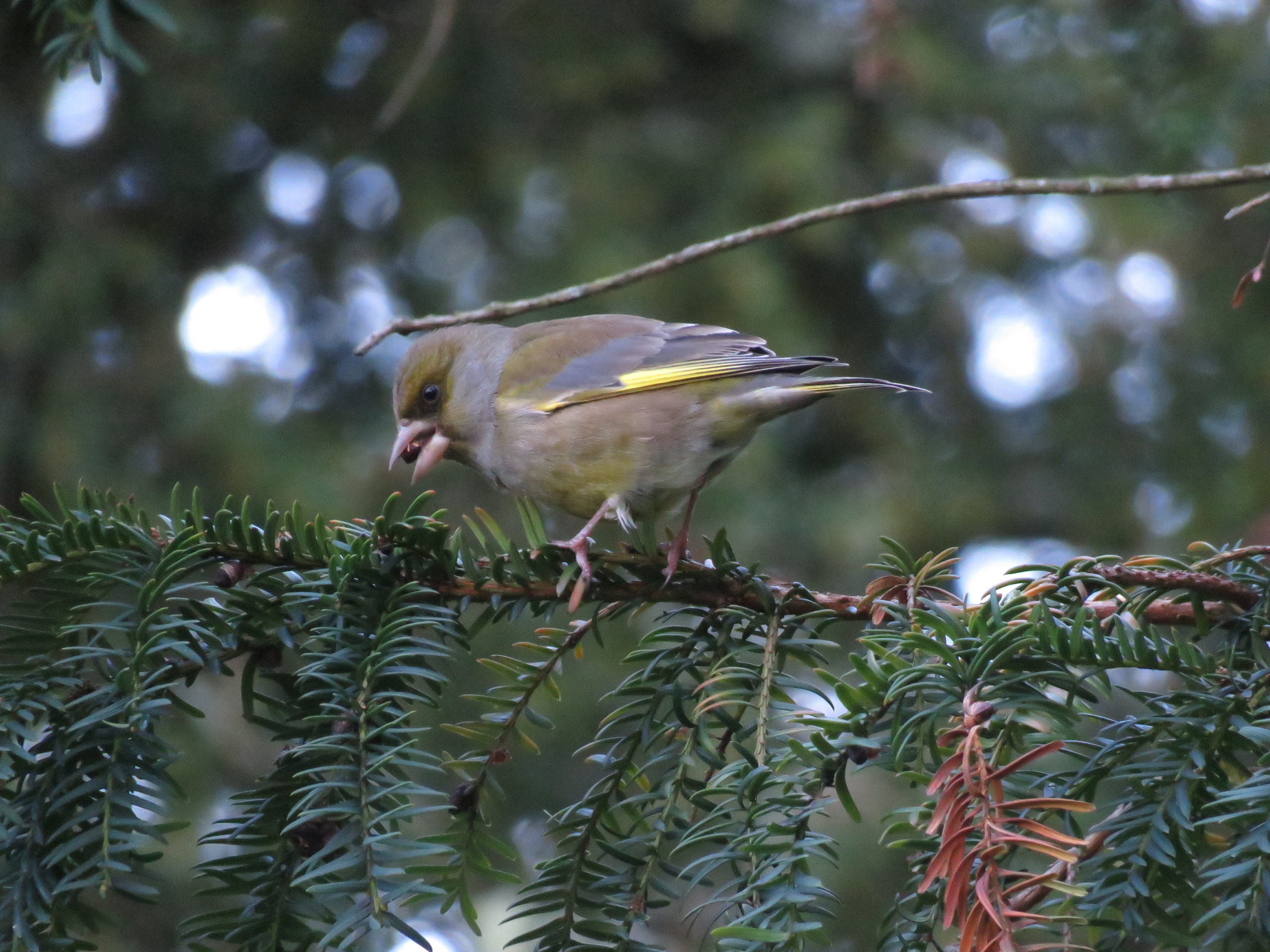The Decline of Greenfinches on the Emerald Isle
By Jason D. Luscier, Associate Professor at Le Moyne College, Syracuse, NY.
Over the past six years (minus a COVID interruption), I have been surveying the breeding birds inhabiting Cork City, Ireland. Birds . . . in Ireland . . . I mean, c’mon . . . twist my arm, right!??! LOL. Cork City is one of the fastest growing urban economies in the European Union, and so the main objective of my research has been to evaluate the dynamics of the urban avifauna there in the hopes of informing bird-friendly urban planning, etc.
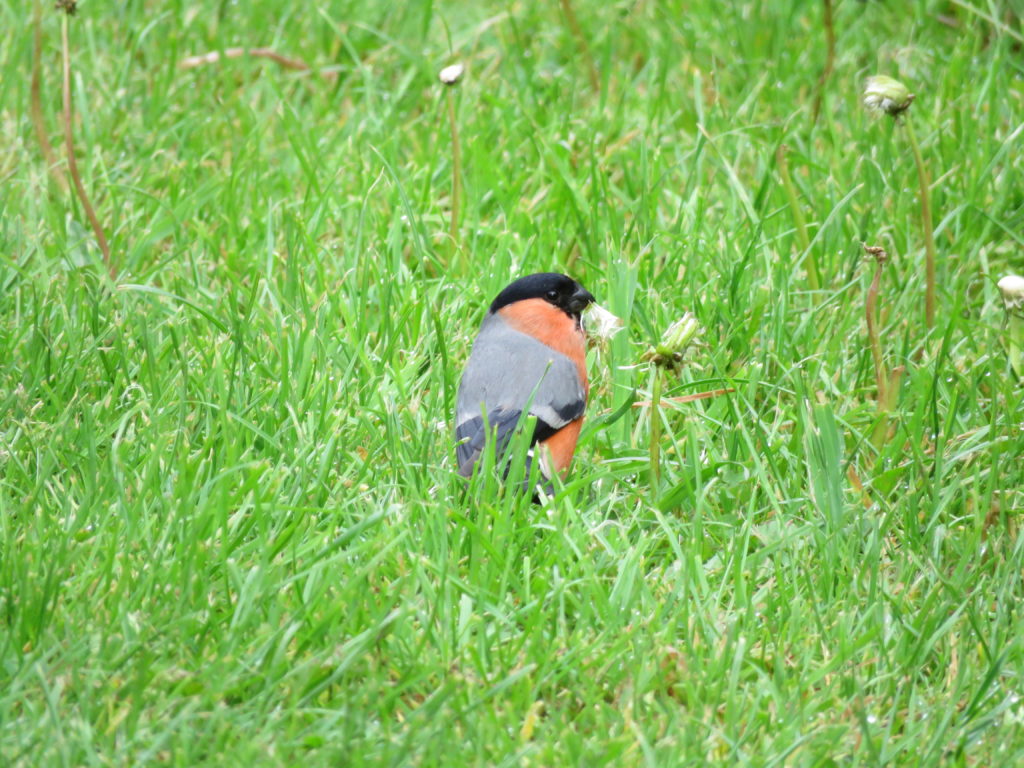
In total, I’ve encountered ~45 species ranging in taxa from waterfowl (e.g., Mute Swans and Mallards) to finches (common chaffinch, Eurasian bullfinch, European greenfinch, and European goldfinch). You can read a full report published in Urban Ecosystems here. The most abundant finch species throughout the city have been chaffinches and goldfinches. European goldfinches are STUNNING! The males may not be as bright yellow as our American counterparts, but they are much more colorful overall. Maybe a more appropriate name would be ‘red-faced finch.’ 😉
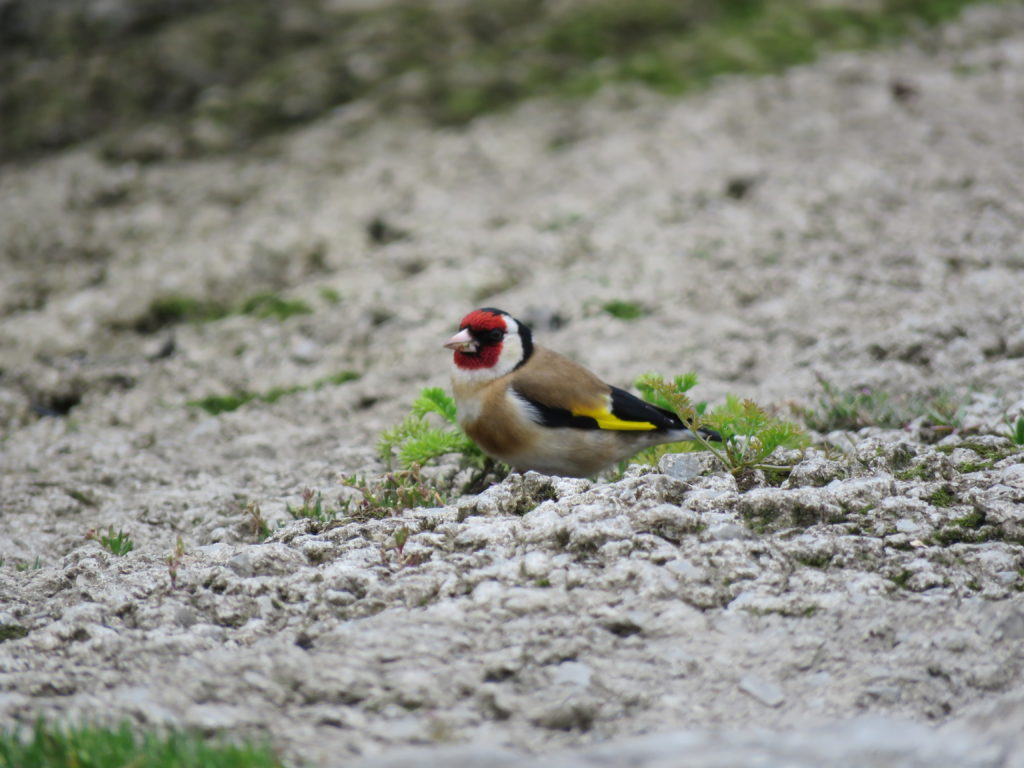
In Cork City, greenfinches appear to like the diverse vegetation of a few of the beautiful city parks (e.g., Fitzgerald Park in the city center) as well as private gardens. Unfortunately, European greenfinches have been relatively hard to come by in Cork City. Sadly, like most species these days, greenfinch populations have been in decline since the 1970’s or so; however, this decline appears to have been relatively precipitous in recent years. This species has been known to frequent private gardens and bird feeders throughout the country . . . and they still do today . . . but perhaps at a lower frequency than in the past.
The last and most recent encounter I had with greenfinches in Cork City was of a small group of 5 birds foraging in a cedar tree in Fitzgerald Park during January 2020 (just before the COVID-19 pandemic kicked in). Unfortunately, I have not encountered any breeding greenfinches in Cork City in the past 3 years. It’s likely they’re breeding out there in the city somewhere but that perhaps I’ve missed them. However, I cover many kilometers of Cork City during my surveys and so the absence of greenfinches has been notable. This reduction in detections throughout the city certainly is alarming.
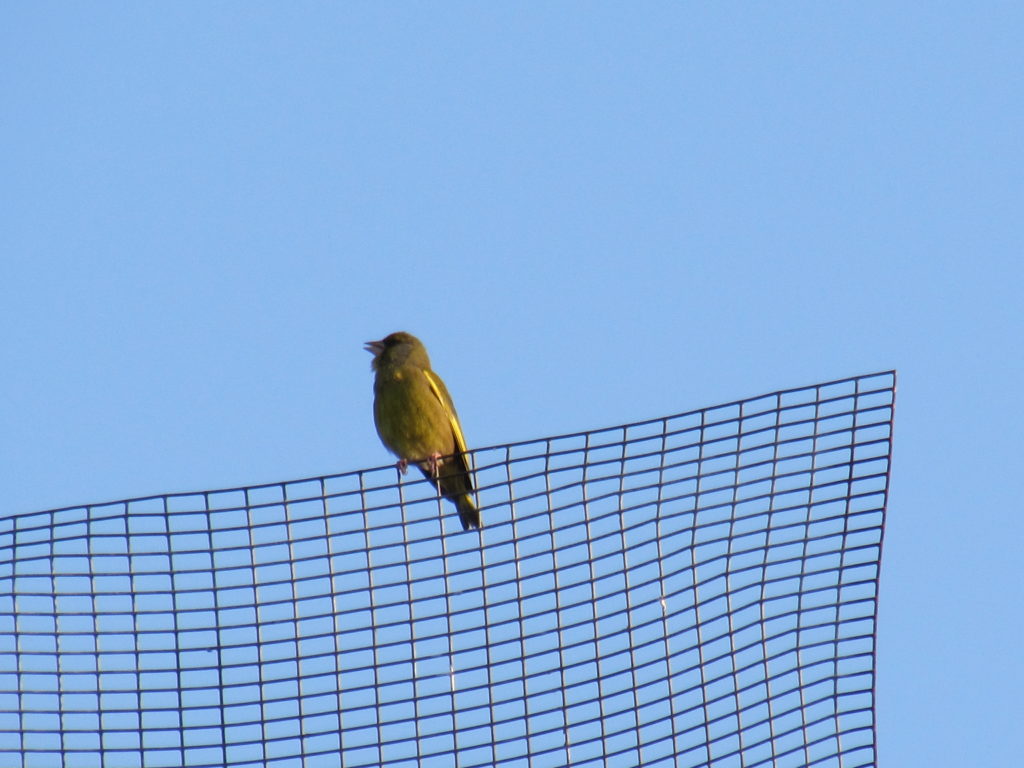
So, what’s going on here? Does the urban growth of Cork City have any impact on greenfinch populations or behavior? Has trichomoniasis really taken its toll in Ireland (and much of Europe)? Does the urban abundance of synanthropic birds (e.g., rock pigeons and common woodpigeons) influence disease spread or exposure? We’re evaluating these questions and more, so . . . stay tuned for some updates.
In the meantime . . . according to the Royal Society for the Protection of Birds, recent community science data indicate that greenfinch populations may be recovering in Great Britain . . . so, perhaps with some ‘Luck of the Irish,’ the same is true for birds on the neighboring Emerald Isle. Sláinte.
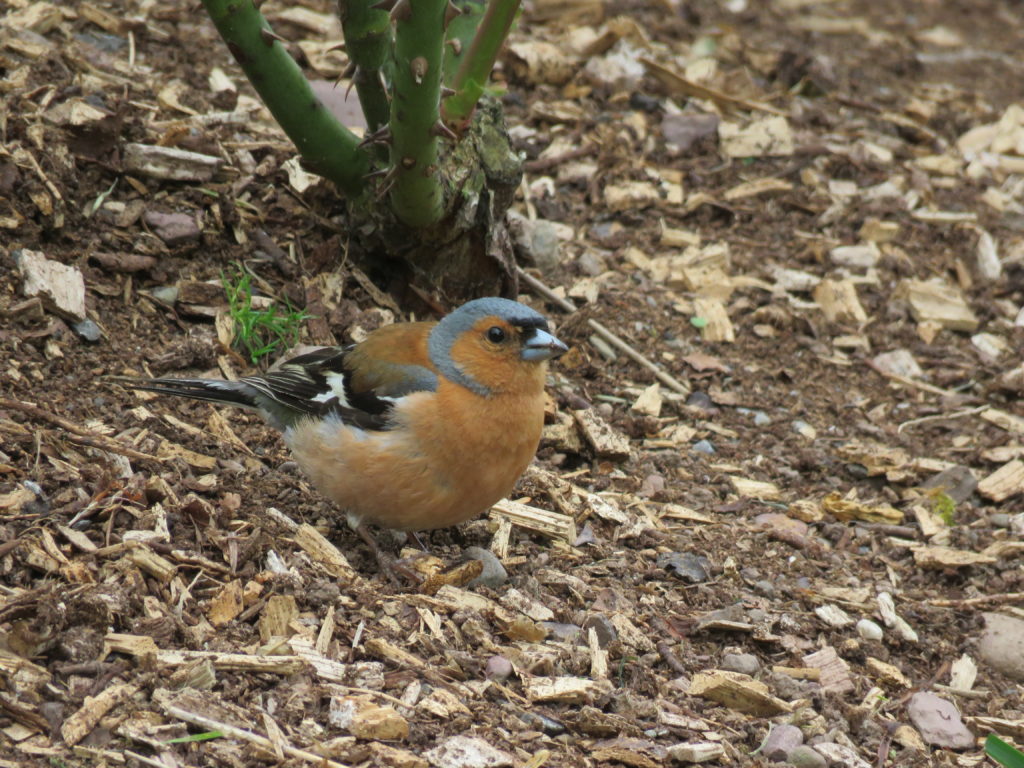
Cover Photo European Greenfinch. (Photo by Jason D. Luscier)
FiRN is a nonprofit, and has been granted 501c3 status. FiRN is committed to researching and protecting these birds and threatened finch species like the Evening Grosbeak, a species that has declined 92% since 1970. We are actively in the process of fundraising around an Evening Grosbeak Road to Recovery plan in addition to a student research project, so please think about supporting our efforts and making a small donation at the donate link below.

